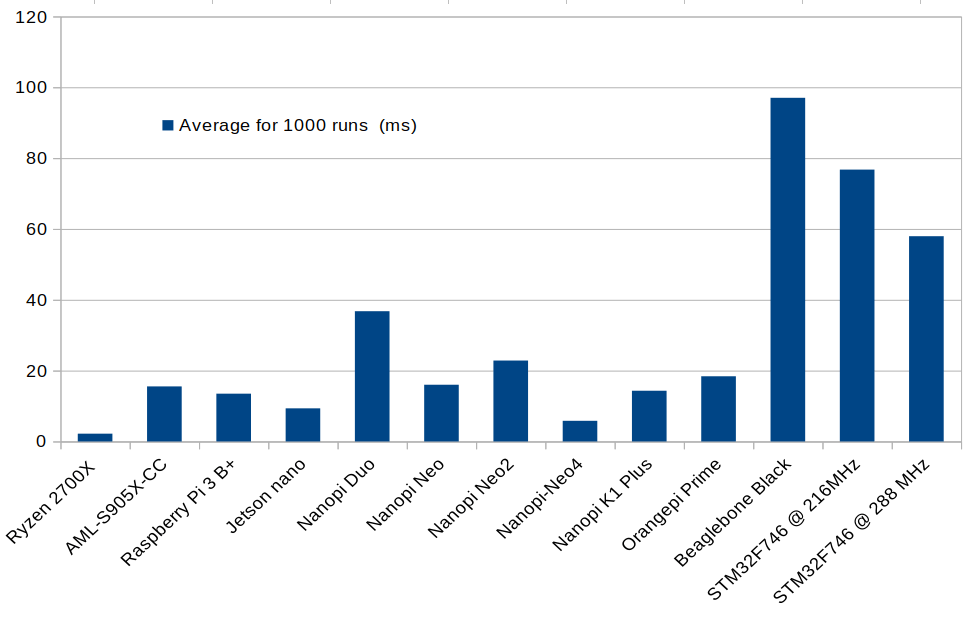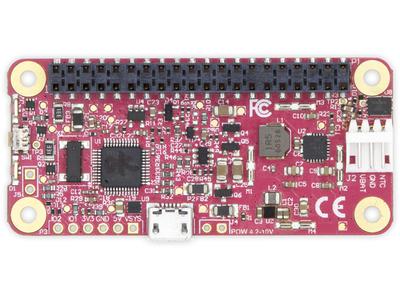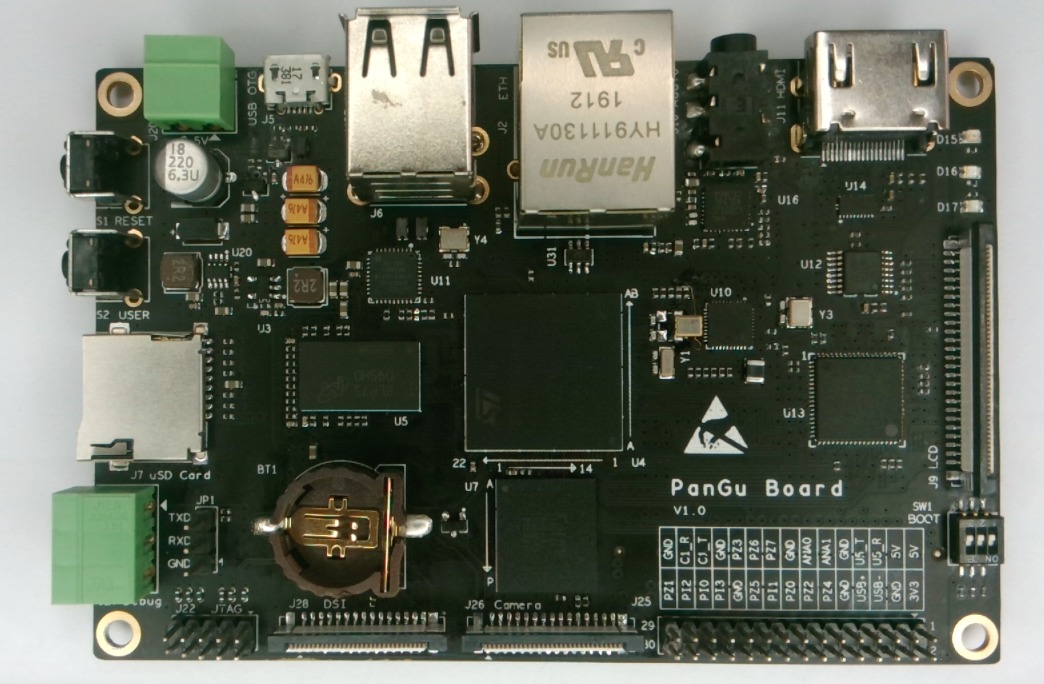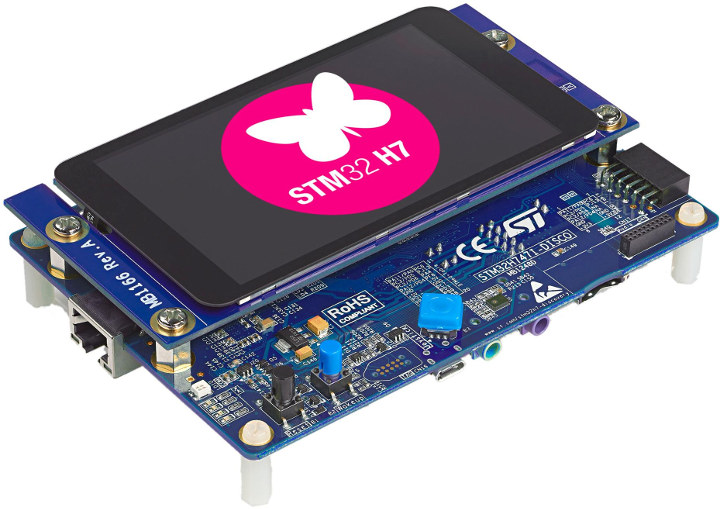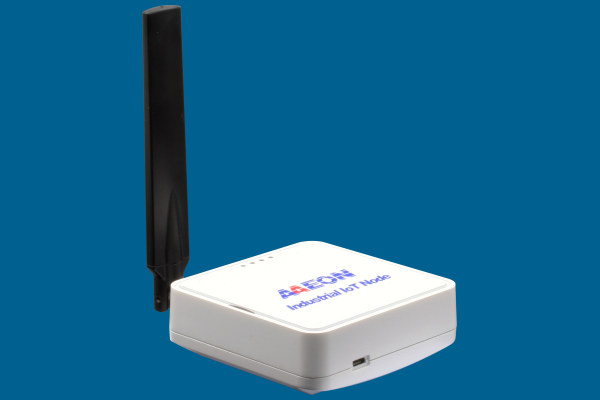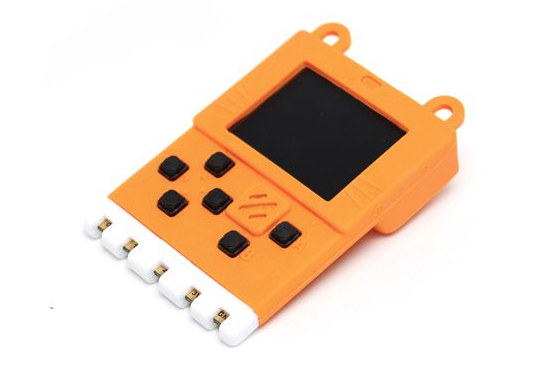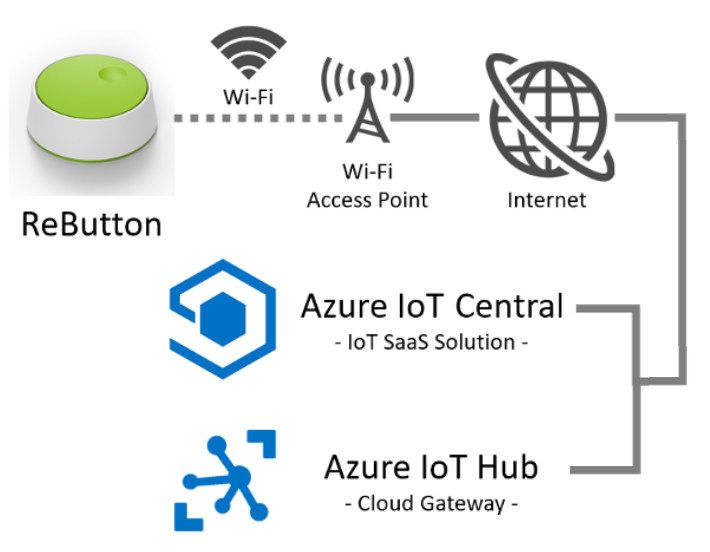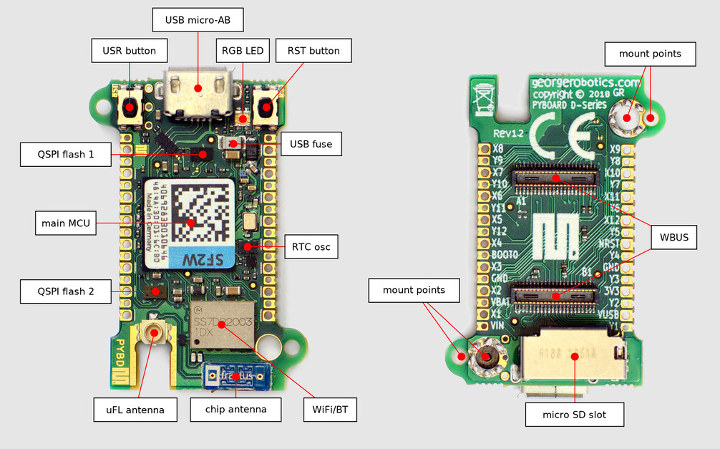Dimitris Tassopoulos (Dimtass) decided to learn more about machine learning for embedded systems now that the technology is more mature, and wrote a series of five posts documenting his experience with low-end hardware such as STM32 Bluepill board, Arduino UNO, or ESP8266-12E module starting with simple NN examples, before moving to TensorFlow Lite for microcontrollers. Dimitris recently followed up his latest “stupid project” (that’s the name of his blog, not being demeaning here :)) by running and benchmarking TensorFlow Lite for microcontrollers on various Linux SBC. But why? you might ask. Dimitris tried to build tflite C++ API designed for Linux, but found it was hard to build, and no pre-built binary are available except for x86_64. He had no such issues with tflite-micro API, even though it’s really meant for baremetal MCU platforms. Let’s get straight to the results which also include a Ryzen platform, probably a laptop, for […]
PiJuice Zero a UPS for the Raspberry Pi Zero (Crowdfunding)
Made to work with the Raspberry Pi Zero, the PiJuice Zero is an Uninterruptable Power Supply (UPS) and project platform board, that can fit inside the Pi Zero case. The latest innovation from the tech gurus at Pi Supply, the PiJuice Zero is easy to use and quite powerful. The original product was the PiJuice HAT which was released in 2016. The rundown on this platform and the crowdfunding page can be found on Crowd Supply. The PiJuice Zero allows users to take their Raspberry Pi Zero projects anywhere and still keep things running, while intelligent power management controls how that power is utilized. The user-friendly software, programmable LEDs and switches allow for maximum options in applications. The PiJuice Zero was made for those in-the-field projects. Completely wireless and off-the-grid power supply the PiJuice Zero is packed with features and allows for applications for the Raspberry Pi Zero, that couldn’t […]
PanGu Board an SBC Based on the STM32MP1 Processor
The PanGu Board is a single board computer (SBC) that is feature-rich and versatile, at an affordable price point. The board powered by STMicroelectronics STM32MP1 processor was released in February of 2019 and hadn’t really made much a splash in the pool of microprocessors available at the time. The processor is now the main feature of the PanGu Board, an SBC with a host of features and utilizing the Arm dual-core Cortex–A7 MPU and the Cortex-M4 coprocessor to allow for more enhanced multimedia ability and all the heavy real-time processing that users are calling for today. Hardware Features MPU Dual Cortex-A7, 650MHz Cortex-M4, 209Mhz 3D GPU Flash & Memory 16-bit DDR3L, up to 1GByte 8-bit eMMC Flash Quad-SPI NOR Flash Supports Micro SD Audio 3.5mm stereo headphone jack support microphone input Display Parallel RGB LCD interface, the resolution up to WXGA (1366×768) MIPI DSI interface Support for resistive and capacitive […]
STMicro adds Dual-core Cortex-M7/M4 Microcontrollers to STM32H7 Family
STM32H7 is the high-performance family of STMicroelectronics Arm Cortex-M7 microcontroller. So far all STM32H7 MCUs had a single core, but the company has now added dual-core devices (STM32H74x/75x) comprised of an Arm Cortex-M7 core clocked at up to 480 MHz and a Cortex-M4 core clocked at 240MHz. In some way, this part is the little brother of STM32MP1 Arm Cortex-A7 + Cortex-M4 processor, as the new dual-core MCU also targets current products upgrade with the Arm Cortex-M4 core running legacy code, and the more powerful Cortex-M7 aimed at new features such as more sophisticated graphical interfaces, or offloading intensive workloads such as neural networks, checksums, DSP filtering, or audio codecs. Highlights of the new STM32H7 dual-core microcontrollers: Cores Arm Cortex-M7 at 480 MHz Arm Cortex-M4 at 240 MHz 3224 CoreMark / 1327 DMIPS Up to 2MByte Flash and 1Mbyte SRAM on-chip Dual-Bank Flash for seamless firmware updates “New” features MIPI […]
AIOT-ILND01 LoRa Node Comes with AA Battery Holder, Grove Connectors, Optional Enclosure
AAEON specializes in industrial and embedded computing platforms, and usually their products are fairly powerful Windows or Linux based computers, gateways, or network appliances. But in order to provide a complete LoRa solution to system integrators, the company has now introduced AIOT-ILND01 LoRa node powered by STMicro STM32 MCU, and compatible with their AIOT-IP6801IP68 IoT Gateway, as well as other LoRa gateways. AIOT-ILND01 LoRa node specifications: MCU – STMicro STM32L Arm Cortex-M3 MCU @ 32 MHz Connectivity 868MHz/915 MHz LoRa via Semtech SX1276 chipset 1x SMA antenna hole, 1x IPEX antenna hole Sensors – Temperature & humidity sensor, 3-axis accelerometer Expansion – 3x GROVE connectors: 1x UART1 (RS-232/422/485), 1x UART2 (Tx/Rx), 1x I2C Misc – 4x user LEDs, boot select button, 2x user buttons, 1x reset button Debugging – JTAG header Power Supply 5V via micro USB port Battery holder for 2x 14500 rechargeable Lithium-ion battires or AA batteries Dimensions […]
Kittenbot Meowbit Retro Game Console Features BBC Micro:bit Edge Connector
At first glance, Kittenbot Meowbit gaming console looks like a kid’s toy, but it’s bit more than that as its STM32 MCU can be programmed with MakeCode arcade, Scratch3.0 based Kittenblock, or MicroPython, and features the same edge connector as found in BBC Micro:bit board, and as such is compatible with several Micro:bit accessories. Kittenbot Meowbit specifications: MCU – STMicro STM32F401RET6 Arm Cortex M4 micro-controller Storage 2MB SPI flash to store Unicode character table (default) SD card slot to store programs or extend wireless modules Display – 160 x 128 full-color TFT LCD Sensor – Light sensor, temperature sensor, MP6050 gyroscope USB – 1x micro USB port for power and programming Expansion – 40-pin BBC Micro:bit “goldfinger” connector Misc – Charging/work LED, 2x user LED, power switch, reset button, DFU mode button, 4x direction buttons, A/B buttons, buzzer, multiplayer connector (15) Power Supply – 5V via USB, or 3.7~4.2V via […]
ReButton WiFi Button Features MXCHIP EMW3166 Module
We’ve previously covered WiFi buttons based on ESP8266 processor, but Seeed Studio has just launched ReButton “developer device” that serves the same purpose but features STM32 based MXCHIP EMW3166 WiFi module instead, exposes one I2C grove connector, and is preloaded with sample firmware that triggers Azure IoT Central or Azure IoT Hub. ReButton hardware specifications: MCU module – MXCHIP EMW3166 module including STM32F412 Arm Cortex M4F MCU @ 100 MHz with 256KB SRAM, 1MB+2MB SPI Flash, and Cypress BCM43362 WiFi chip Input – 1x Push button Output – 1x RGB LED Extension – 1x I2C Grove connector (3.3V I/O) Debugging – 1x SWD pads, 1x UART for debugging Misc – 1x Jumper switch Power supply 2x AAA Alkaline batteries (LR03) Internal supply voltage – 3.3V Dimensions – 70 x 70 x 25mm The ReButton comes preloaded with an Arduino sketch that handle key presses and send a trigger to Azure […]
Pyboard D-series Wireless Micropython Boards Launched for $56 and Up
We’ve already mentioned the latest Pyboard D-series board at the beginning of February after it was introduced at FOSDEM 2019. The board comes with a powerful STM32F7 Arm Cortex-M7 microcontroller, as well as a WiFi and Bluetooth wireless module. The news is that the board has now launched for £43.80 in.c VAT ($56) and up. A better price comparison with other boards is normally achieved by comparing the ex. VAT price of £36.50 or about $48. That may still feel a bit pricey to some, but there was enough interest to snatch all available “PYBD-SF2-W4F2” boards, and this specific board is out of stock at the time of writing. However, there are multiple variants of the board and PYBD-SF3-W4F2 is still in stock for £58.20 inc. VAT (~$76.5). We’ve now got the full Pyboard D-series “PYBD-SF2-W4F2” specifications: MCU – STMicro STM32F722IEK Arm Cortex M7 microcontroller at 216 MHz with 256KB […]


